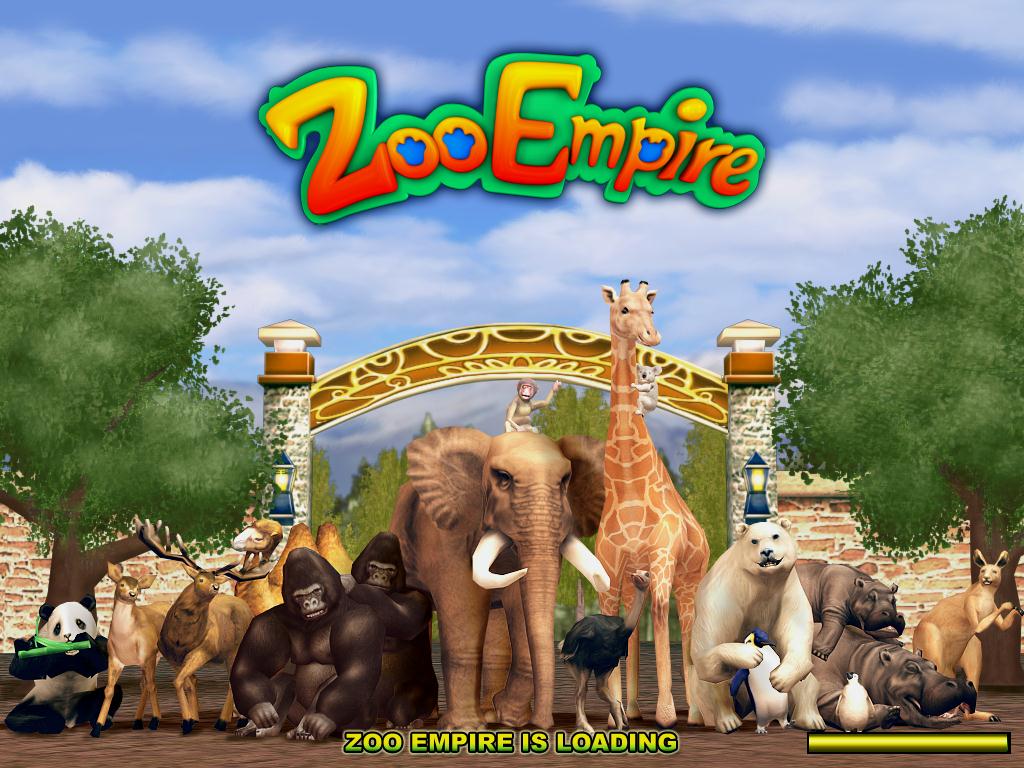Asteroids Hitting Earth
If a giant object looks like it's going to slam into Earth, humanity has a few options. A new guide could help NASA decide which one is best. 20 rows From the lists in the first section, these are the largest-known asteroids per year that.
KEY POINTS. NASA detected two asteroids approaching Earth next week. 2020 EF and 2020 DP4 are Earth-intersecting asteroids. The approaching asteroids are not big enough to cause impact eventsNASA’s Center for Near-Earth Object Studies (CNEOS) is currently tracking two asteroids that are expected to approach the planet next week.
According to the data gathered by the agency, the two asteroids are expected to intersect Earth’s path.The first asteroid that’s expected to cross the planet’s orbit is known as. As indicated in CNEOS’ database, this asteroid is currently flying across space toward Earth at a speed of over 10,000 miles per hour. It has an estimated diameter of about 98 feet.After 2020 EF’s approach, Earth will then be visited by the asteroid. Compared to 2020 EF, 2020 DP4 is much bigger and traveling at a faster velocity.According to CNEOS, this asteroid measures about 180 feet wide, making it almost as tall as the Leaning Tower of Pisa in Italy. The agency noted that the asteroid would approach Earth at a speed of over 18,000 miles per hour. 2020 EF is classified as an Aten asteroid while 2020 DP4 belongs to the Apollo family of space rocks. Although the two asteroids have different classifications, they are known to intersect Earth’s orbit as the planet makes its way around the Sun.
The main difference between the two is Apollo asteroids generally follow wider orbits than their Aten counterparts.Given the two asteroids’ size and speed, they most likely won’t cause if they hit Earth during their planet-crossing flybys. Instead, these asteroids will break apart and cause a powerful explosion in the atmosphere.According to CNEOS, 2020 EF is expected to intersect Earth’s orbit on March 18 at 10:03 a.m. During this time, the asteroid will fly past Earth from a distance of 0.04300 astronomical units. This is equivalent to around 4 million miles away.
When it rains, it pours. Or, in this case, it pours asteroids on the Earth. Kind of. Not really. Because although NASA recently revealed that there are two asteroids that will zoom past Earth by the end of April, according to experts, it’s not as bad as it sounds. In fact, the worst that can happen to the atmosphere is an airburst which again, is not as scary as you might think without an expensive degree in astrophysics.
With COVID-19 at the top of most Americans’ lists of things to worry about, an asteroid is the last thing anyone needs. And luckily, the most they will have to be concerned with is how to see the two asteroids when they whip past Earth. The only question is what an airburst means for the planet and for everyone on it.
What is an airburst?
According to researchers, the asteroids won't be close enough to do damage or even make it into the Earth’s atmosphere. Instead, they could cause an airburst that people would actually be able to see in the sky. An airburst is essentially an explosion near the atmosphere. When meteors hit the Earth's atmosphere, they often explode, creating these bursts that are sometimes even characterized as fireballs.
There are two asteroids headed for Earth in 2020.
In January, NASA recorded the trajectory of a tiny asteroid found near Earth. It was in a distant orbit around the planet and although it was close enough for scientists to notice, it is presumed to be moving fast enough so that the Earth’s gravitational pull will not suck it in as it moves by the planet.
Now, there are two which are presumed to be traveling at a rate of more than 10,000 miles per hour, but the larger one will get the closest to Earth. And although it isn't expected to cause any imminent disaster to the atmosphere or even make it beyond that, it may be close enough by the end of April to see with a telescope.

Will an asteroid hit the Earth?
The burning question on anyone’s mind when they hear that not one, but two asteroids are careening for the planet is whether or not an asteroid will hit the Earth. And in this case, it’s highly unlikely for that to happen. Given the size, movement, and general trajectory of the larger asteroid, it isn't expected to be fast or close enough to break through the Earth’s atmosphere.
You might be able to see the asteroids' path in the sky.
There is actually an upside to the news that there are two asteroids headed for Earth, believe it or not. And no, it’s not that you will finally be able to use your doomsday bunker. By the end of April, you should be able to see the airburst with a telescope. And if you don't have access to one, there will be an online viewing on the Virtual Telescope Project on April 28.
Luckily, there’s not much to worry about in terms of the asteroids heading toward Earth. And more often than not, they break up and explode far enough away to get a good look, but not be impacted by any of it. Fingers crossed that the April airburst will be what everyone can actually celebrate over as they potentially come out of self-quarantine.
